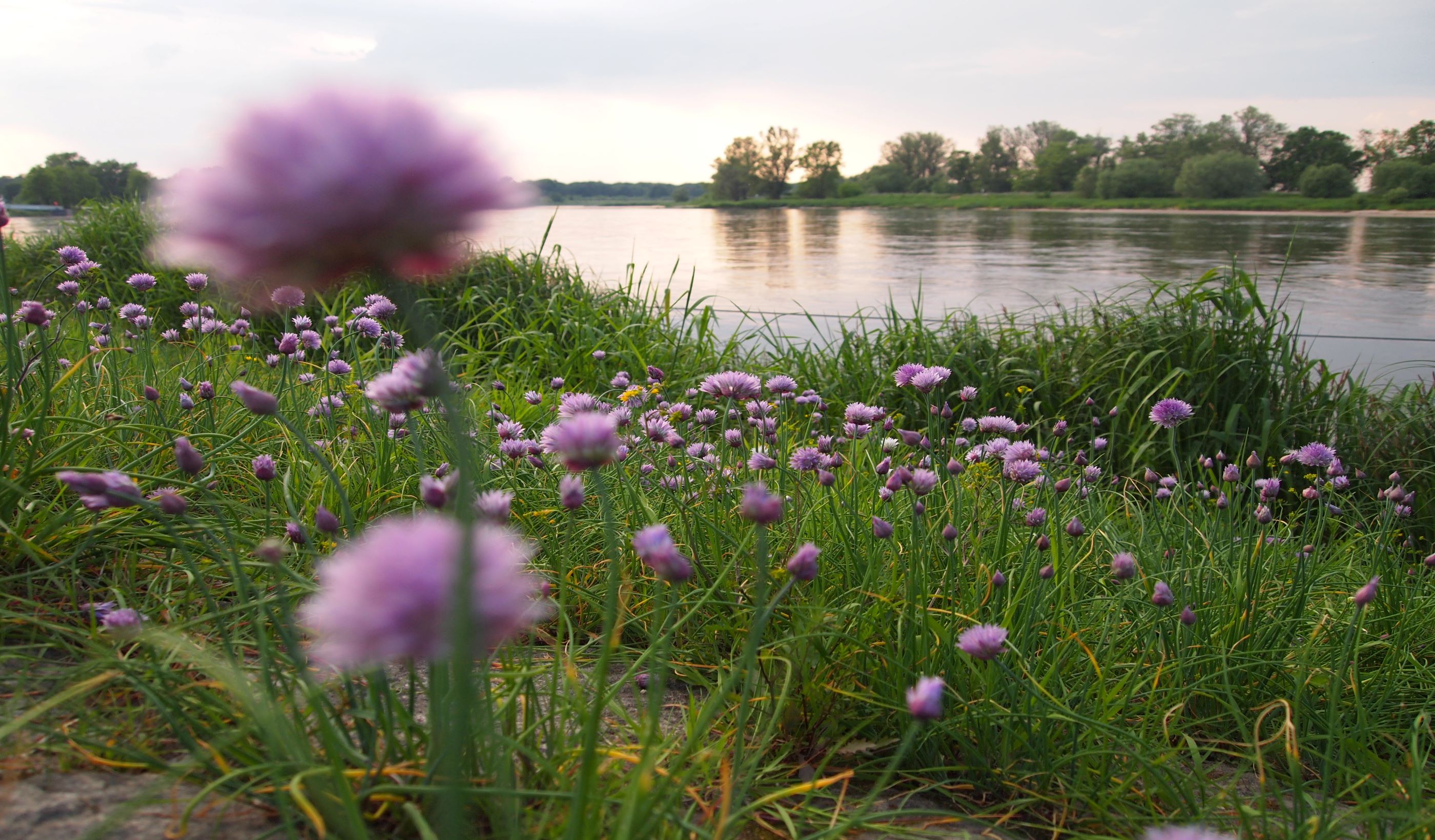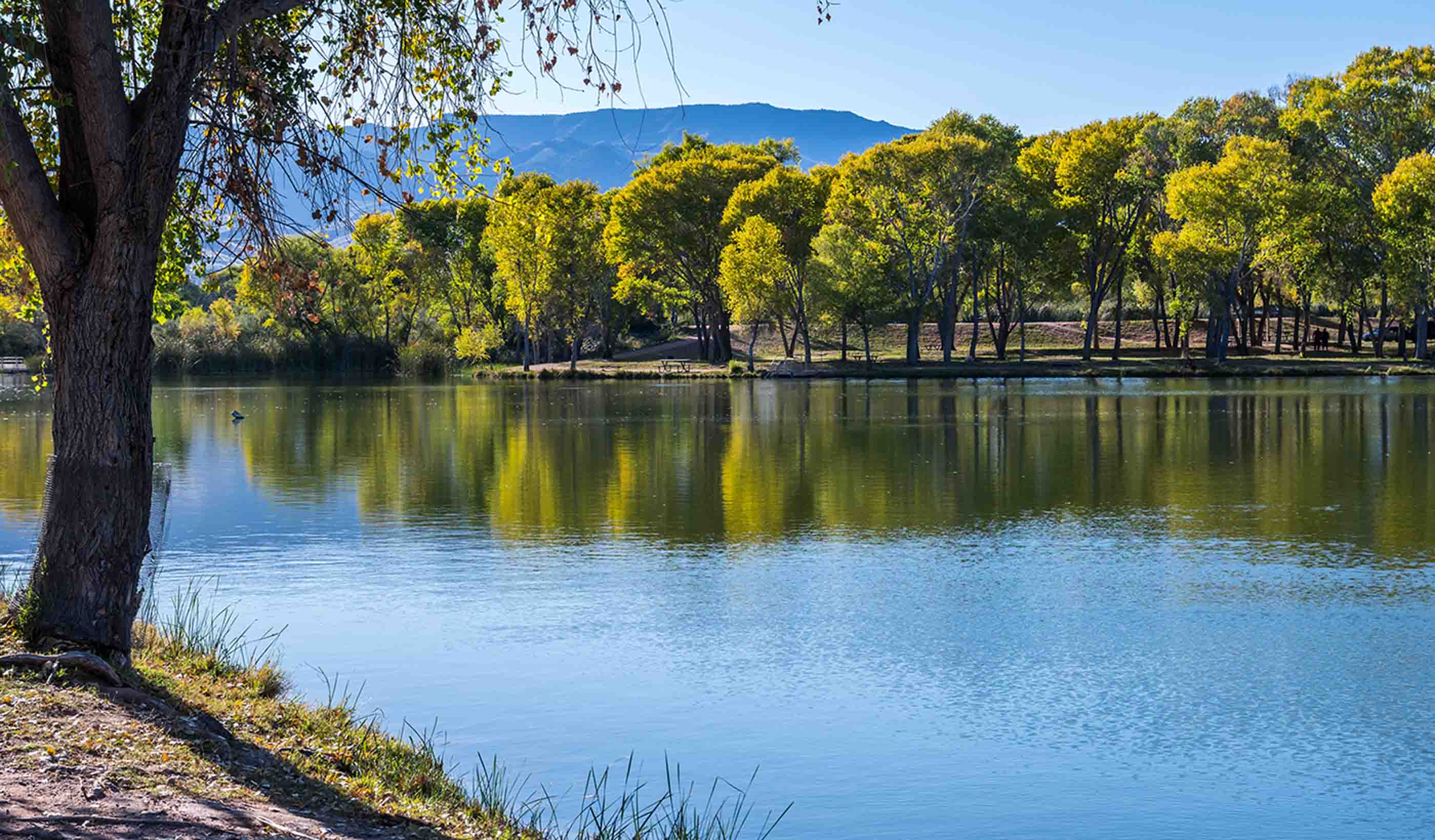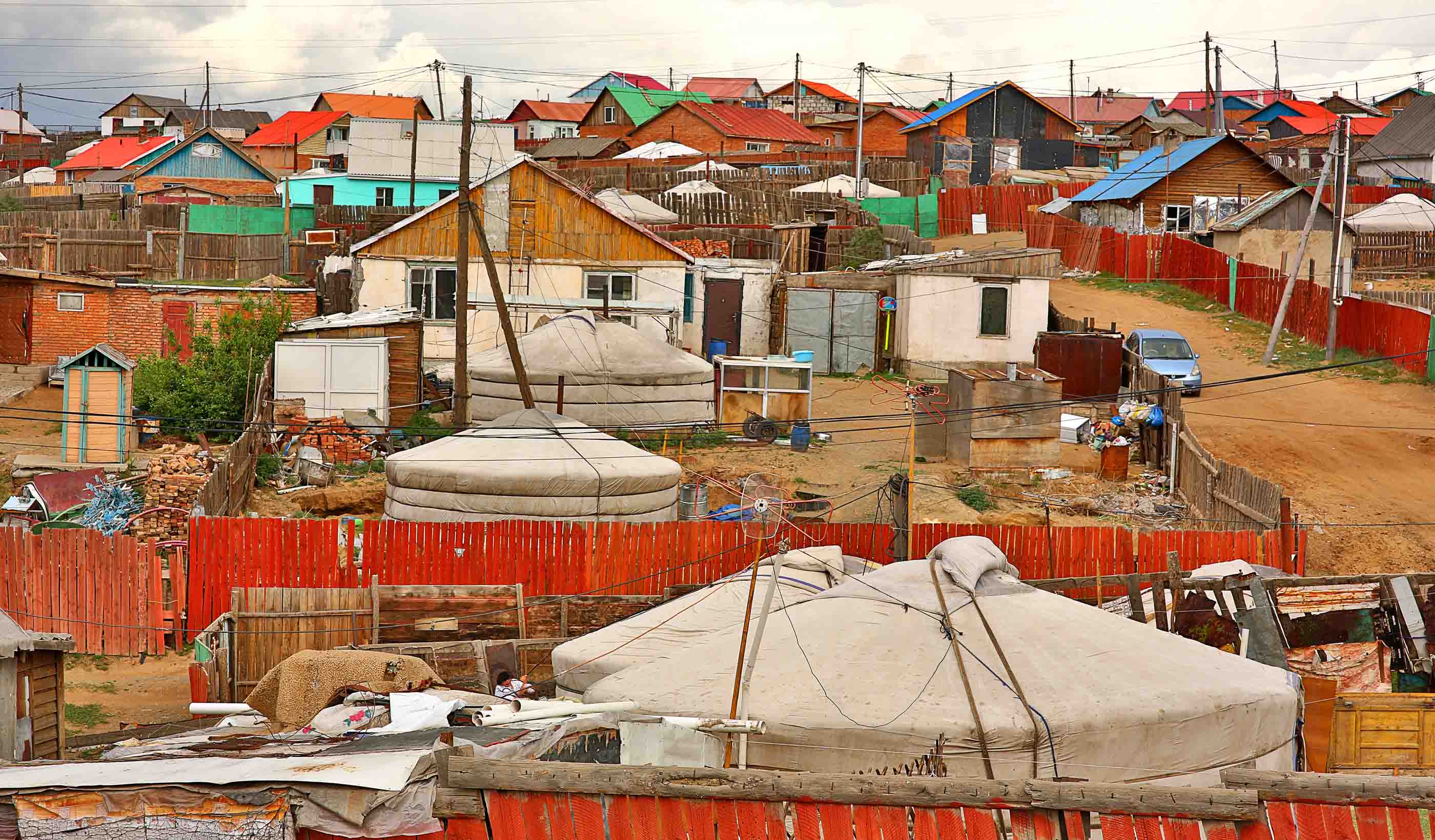At a Glance
-
508
Acre Site
-
662
Rows Inspected
- Location
- New York, New York
- Offices
-
- Location
- New York, New York
- Offices
Share
NYCEDC Green Infrastructure
When we say combined sewers, we mean a wastewater system that transports in-building water (from sinks, dishwashers, toilets, etc) and outside water (from street-side drains and building roofs) to treatment plants using a single pipe. When heavy rains overload a sewer treatment plant, some of the combined sewage is directed to discharge into the city’s receiving waterways system.
To reduce stormwater impact on combined sewer overflow discharges, we took a look at the drainage areas of 508 acres of city streets within the Westchester Creek watershed in the Bronx—one of the city’s combined sewer tributary areas. Then we assisted the New York City Economic Development Corporation in siting and designing right-of-way bioswales.
When street geometry or geotechnical considerations didn’t allow for sufficient ROW bioswales, we explored alternative green infrastructure methods, such as porous pavement in parking lanes, bioswales within the street itself via neckdowns or bulbouts, or providing green infrastructure methods to adjacent municipally-owned facilities.
These measures will reduce combined sewer overflow discharge frequency and assure compliance with the city’s long-term control plans, the Clean Water Act, and the recently amended Consent Order with the NYSDEC.
At a Glance
-
508
Acre Site
-
662
Rows Inspected
- Location
- New York, New York
- Offices
-
- Location
- New York, New York
- Offices
Share
Christopher Scotti, Senior Associate, Civil Engineer, Office Leader
Solving the most complex problems requires a team of skilled and motivated professionals working together toward a better future.
We’re better together
-
Become a client
Partner with us today to change how tomorrow looks. You’re exactly what’s needed to help us make it happen in your community.
-
Design your career
Work with passionate people who are experts in their field. Our teams love what they do and are driven by how their work makes an impact on the communities they serve.























